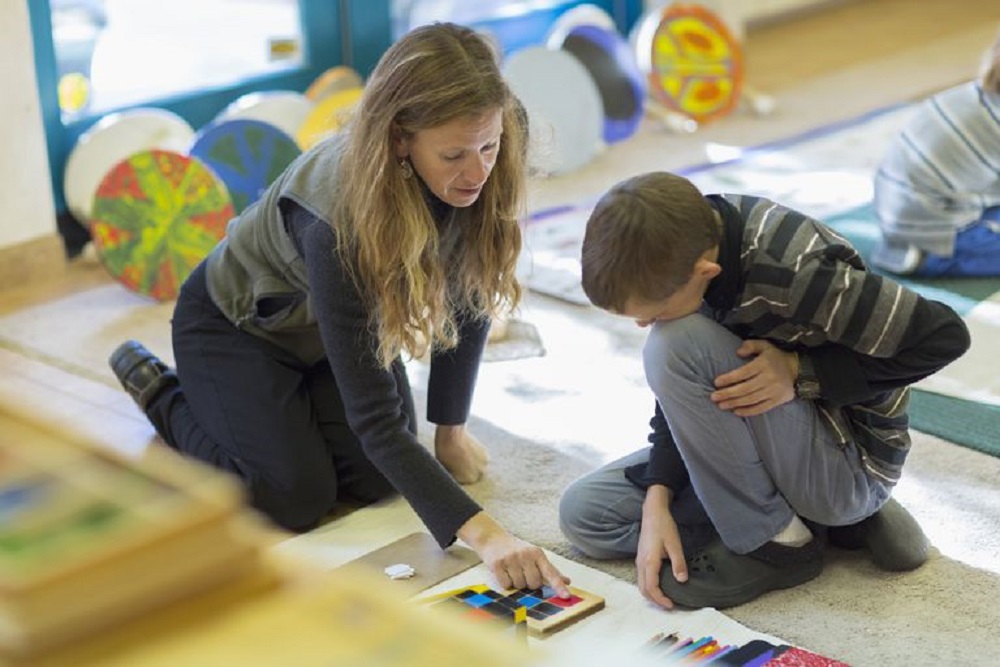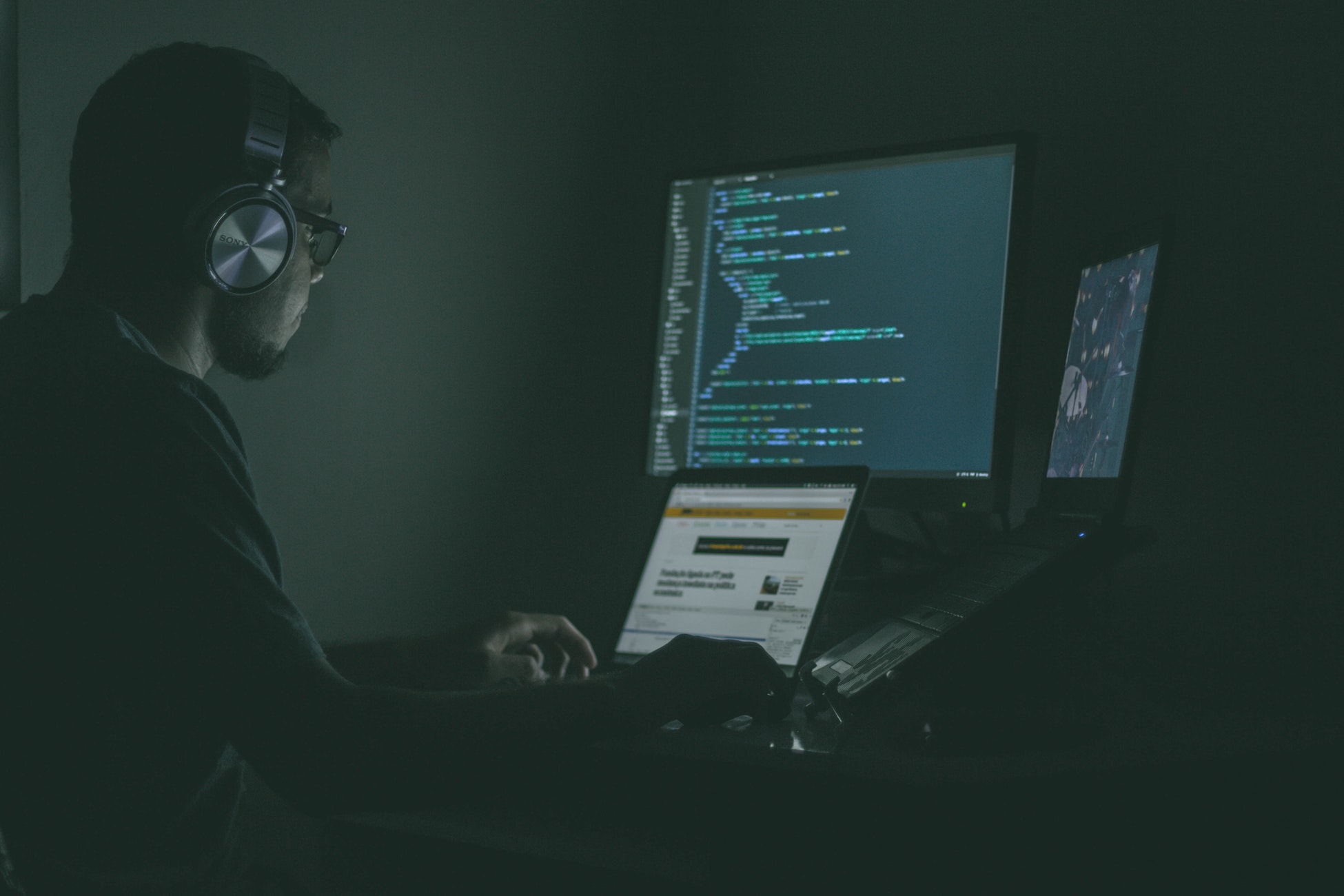Witness Media Lab has suggested using blockchain technology to combat the spread of fake news and deep fakes. They argue that blockchain can be able to verify the authenticity of any media.
The latest assault on our democracy, ability to get accurate information and relationship with reality is fake news. New creative methods of spreading misinformation are being invented and the latest technology being used is using deep fakes.
The technology uses artificial intelligence to place words that a famous person has not uttered. By putting words in the mouths of prominent people such as Obama and Zuckerberg, deep fakes can create an illusion of reality.
Using blockchain technology to combat deep fakes
A 72-page report by Witness Media Lab on how to combat deep fakes listed blockchain technology as one of the viable options. The idea of using blockchain is ingenious on so many levels. The technology is used to power cryptocurrency and verifies all transactions that occur around the world without fail.
Implementing such a powerful technology to determine the authenticity of videos spreading online may be the solution to preventing fake news. The idea of using blockchain for verification of videos and other documents is not new and has been floating around for a long time. However, Witness Media Lab approach on how to use blockchain is a well planned and thoughtful process, which if implemented, can work without fail.
The idea is that images, videos and audio can be cryptographically geotagged and timestamped to establish their origins. This would go a long way in comparing the copycats and the original media. All media would require to have origin hashed into it and would require the verification process to perform a number of checks to determine if the video has been hashed using blockchain technology.
Safety concerns for using blockchain
This, however, would not be bulletproof and while Witness Media Lab admits there would still be challenges, they also provide a good argument why this is the path to take. They acknowledged that blockchain is still vulnerable to hacking and malicious attacks that would compromise the authenticity of this verification process.
Corin Faife, senior coordinator for Witness said:
These authenticity measures propose something similar for video: it’s not an ultimate guarantee of truth and shouldn’t be taken as an endorsement of the content itself, but it does allow you to confirm that a media item hasn’t been tampered with on its way to you from the original point of capture.
Blockchain technology will play an important role in future to combat the spread of misinformation. Solutions being floated around that make use of blockchain to combat fake news are convincing and offers a peep into what the future will look like.
Featured image by Pixabay







